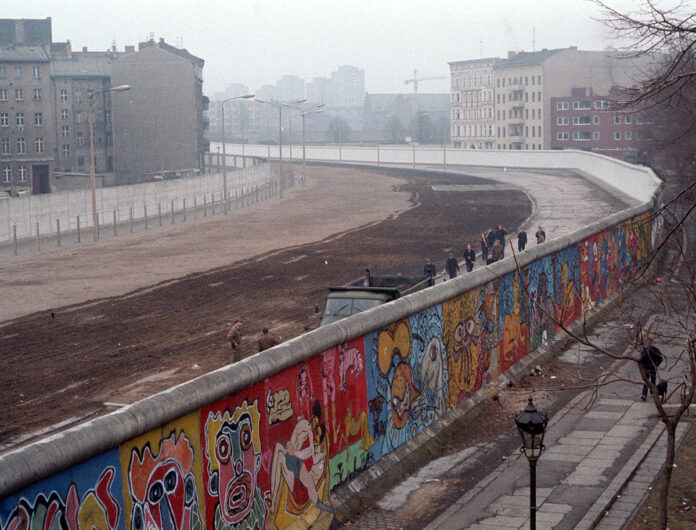The Berlin Wall was a 96-mile-long concrete barrier erected in 1961 to prevent citizens of East Germany, which was under communist rule, from crossing into West Germany. The wall fell in 1989 after a series of revolutions and civil unrest that marked the end of communism in Europe. The fall of the Berlin Wall is considered one of the most crucial events that led to Germany’s unification. Continue reading to learn some quick facts about the Berlin Wall.
There Were Two Walls
The Berlin Wall actually consisted of two walls. Between those two walls was a strip filled with guards, watchtowers, and traps.
Only 5,000 People Managed to Cross the Berlin Wall
It is estimated that around 100,000 people tried to cross the Berlin Wall. Only 5,000 of them made it, while close to 200 people died in their attempts.
Most of the Berlin Wall Was Recycled
The demolition of the Berlin Wall started in 1989 and wrapped up in 1994. Most of the sections of the wall were recycled and later used for other construction projects.
A Section of the Berlin Wall is Now an Open-Air Gallery
A 1.3-mile-long section of the Berlin Wall close to the center of the city is now an open-air gallery, being covered by artworks from various international and local artists.
Berlin Wall Fell Because of a Mistake
East Germany initially intended to employ a complex visa process through which it would allow its citizens to travel to West Germany. However, an official mistakenly said that the crossing would be allowed “immediately, without delay”, resulting in large crowds of people rushing to the wall and meeting confused guards who didn’t have official instructions and decided to open the gates.

